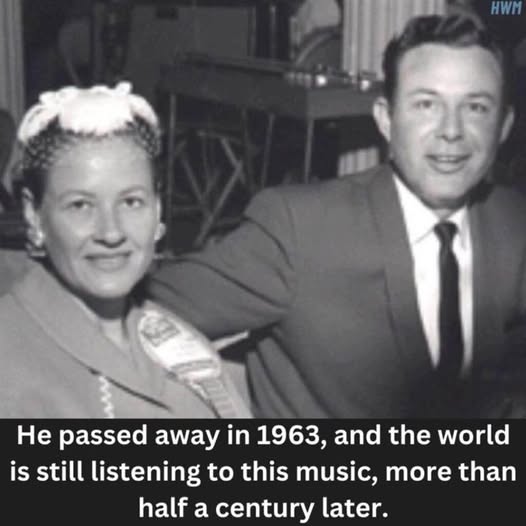When Jim Reeves released “He’ll Have to Go” in 1960, he introduced a sound that quietly shifted the direction of country music. The song wasn’t flashy or complicated. It was simple, sincere, and delivered with the calm confidence that became Reeves’s trademark. More than sixty years later, many listeners still consider it one of the most memorable recordings in American music.
Reeves already stood out long before this song reached the charts. Known as “Gentleman Jim,” he brought a smooth, refined style that contrasted with the louder honky-tonk sounds of the time. His approach wasn’t about vocal power—it was about connection. His voice felt close, steady, and personal, as if he were speaking directly to whoever pressed play.
“He’ll Have to Go” was inspired by an everyday moment. Songwriters Joe and Audrey Allison based it on something Joe had once witnessed in a bar: a quiet, emotional phone call as someone tried to save a relationship. Reeves took that relatable scene and turned it into something universal, expressing longing and vulnerability with remarkable ease.
Chet Atkins, one of Nashville’s most influential producers, kept the arrangement minimal. Soft rhythm, gentle harmonies, and Reeves’s voice at the center created a sense of intimacy that felt fresh for the era. The simplicity allowed the lyrics and emotion to come through clearly, giving the song its lasting impact.
Listeners responded quickly. “He’ll Have to Go” reached No. 1 on the Billboard Country Chart and remained there for weeks. It also crossed over into the mainstream and climbed the Pop Chart, which was still relatively rare for country artists at the time. The success helped define what would become known as the Nashville Sound—a polished, radio-friendly style that opened doors for future performers.
Continue reading on the next page…

